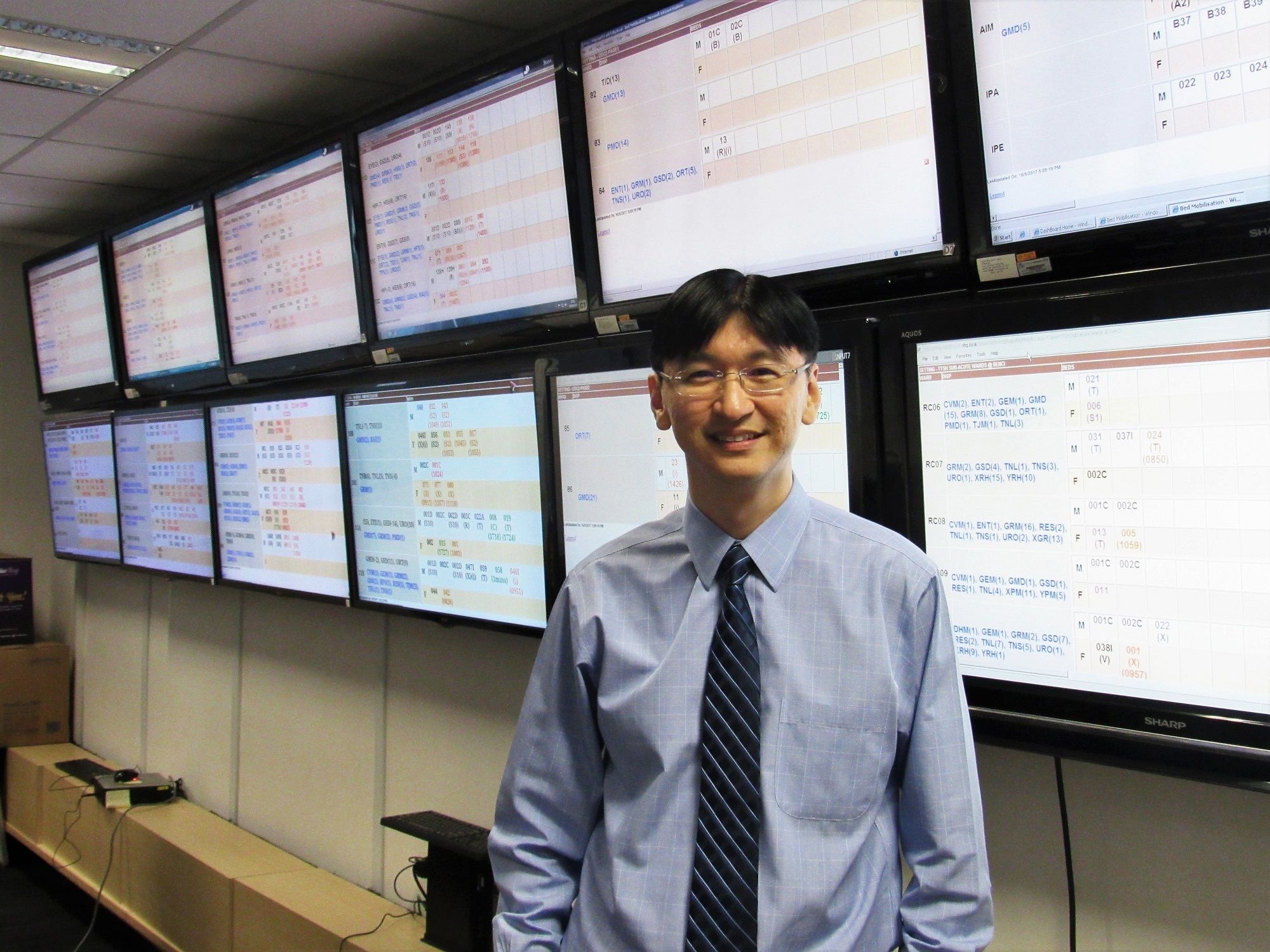Exclusive: Tan Tock Seng Hospital builds “artificial brain” to manage services
Oleh Medha Basu and Nurfilzah Rohaidi
Interview with Jamie Lim, COO of Tan Tock Seng Hospital.

“Bed assignment is now enabled by an artificial ‘brain’,” he says. It’s able to “analyse, predict and plan future bed situations, so that as a hospital, we can better anticipate situations and take steps to proactively prevent or mitigate them”, he adds.
It’s a big step to allow artificial intelligence to manage part of a hospital, but this is driven by a big need. Labour shortages, increased demand, and pressure on resources, all have caused the need for innovative solutions. And the way that Dr Lim’s hospital has approached its challenges gives lessons for all public service organisations - and businesses too.
Constant pressure
First, some context. As the country’s leading geriatrics centre, Tan Tock Seng Hospital operates at a “very high occupancy” and is “constantly being stressed”, Dr Lim explains. Singapore must care for a growing elderly population with limited manpower available to run new facilities. The hospital has increased its bed capacity by 30% since 2010, he says, but this isn’t enough - better allocation is also needed.
The artificial brain “combines all of the expertise and considerations of nursing, medical and operations and comes up with the best recommendation on the bed to be allocated”, Dr Lim explains. “For every admission, we had to go through more than 300 rules,” he adds, such as when to prioritise admissions for critically-ill patients. The AI has “helped to standardise all our admission rules and priorities”.
This has helped free up staff to focus on caregiving work. Only 2 staff are now required per shift to manage 1,700 beds, compared to a team of at least four staff who “relied heavily on manual processes and documentation”, Dr Lim says.
Building a Health City
AI forms part of Singapore’s tech-driven vision. By 2030, the hospital will be part of a larger health campus called the HealthCity Novena.
Tan Tock Seng Hospital is looking at how driverless cars can serve the growing campus being built around the hospital. “Over the course of the next 15 years you will see this campus being built up progressively; therefore, smart technology is important for us to be able to ‘connect the dots’ across the different buildings,” Dr Lim says.
The hospital is also piloting remote monitoring initiatives. Nurses can track the vital signs of elderly patients using sensors, which removes the need to wake them up every four hours to check their blood pressure, for example, Dr Lim explains. “This vital information can be fed into a system, and is able to flag if the perimeters are not in sync with the normal range,” he adds.
When a patient is admitted, they are tagged with a unique RFID tag that ties to their bed number. “When a patient’s tag is deactivated at the point of discharge, it sends a few other messages: discharge message to the bed management unit; it triggers the bill; and third thing is, it triggers my housekeeping,” Dr Lim explains. This “helps us to ensure that care is delivered at a very high standard and quality.”
The human touch
Robotics has its place in care delivery, but Dr Lim believes that healthcare is still very much a “relationship-based industry”. “Do I see the day where we can replace it totally with machines and robots? Maybe not, but I think automation has a role to play in augmenting manpower.”
If robots are going to support humans, these humans can be freed up to carry out more high-level tasks, he believes. Dr Lim is redesigning roles by replacing manual administrative tasks with frontline care. For instance, patient registration staff are now being trained to take blood and carry out urine tests, easing nurses’ workload, he says.
The hospital’s artificial brain is helping in part. But the human brains of Dr Lim and his team are working at full tilt to build a hospital fit for the future.
